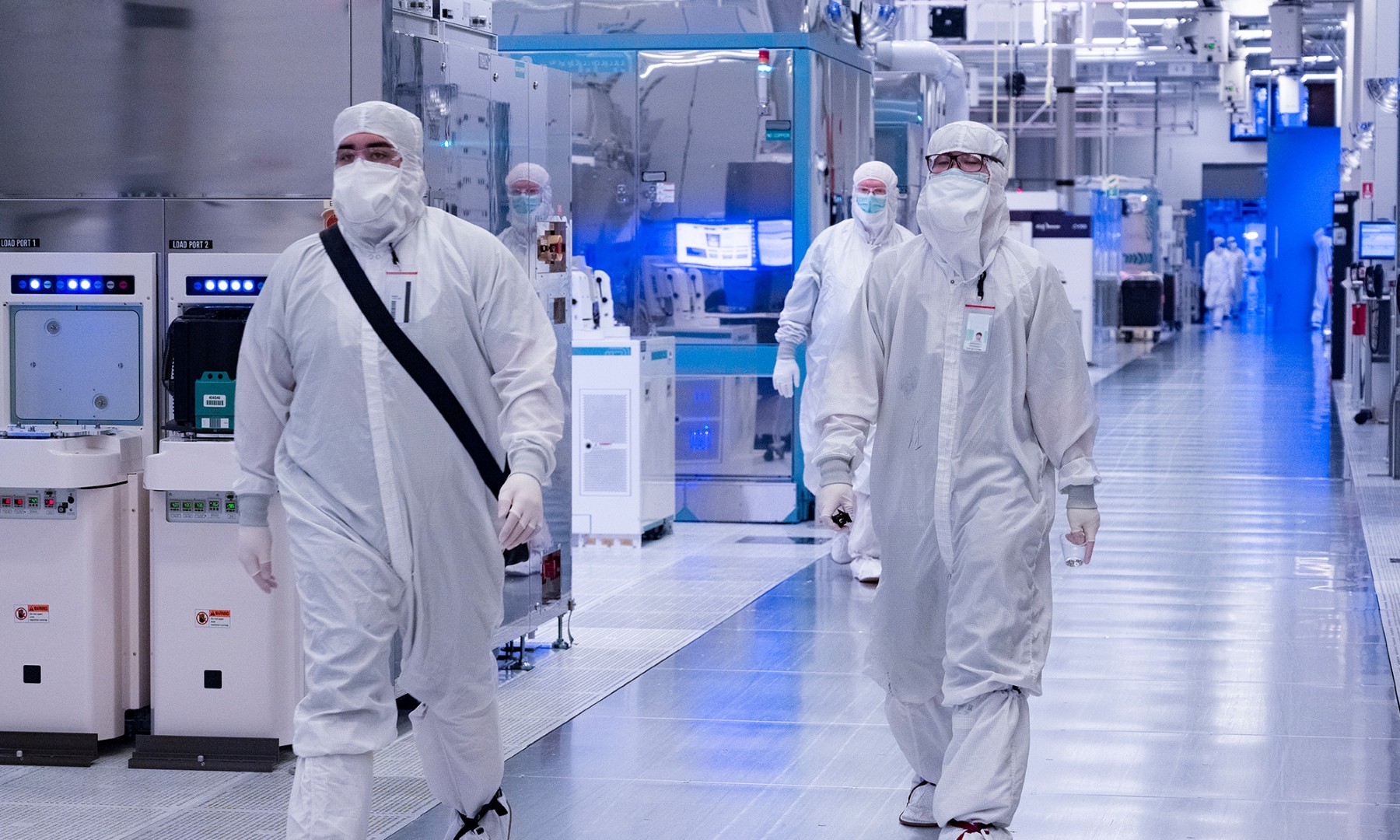
Image source: Intel.
Most investors are likely keenly aware that the personal computer market has been on the decline for some time. This has had an impact on many companies, including microprocessor giant Intel (INTC +6.47%). Although the personal computer market as a whole has slumped, there are subsegments within the overall market that remain strong.
One of those, as Intel has eagerly pointed out lately, is the market for gaming-oriented processors. In the company's most recent quarter, that trend continued.
Double-digit growth for gaming processors
Intel CEO Brian Krzanich has said that the company's "enthusiast gaming" segment -- which includes sales of chips that can be adjusted to run at higher speeds than what Intel rates them -- "continues to grow at a double-digit rate."
Perhaps most interestingly, Krzanich even made a point to highlight that sales of its recently released 10-core enthusiast processor, the $1,700-plus Core i7 6950X, have been "much, much better than what even [Intel] anticipated."
A little bad news, a lot of good news
Obviously, sales of these "enthusiast gaming" processors isn't enough to fully offset declines in the broader personal computer market; Intel reported that total desktop-oriented processor volumes dropped 7% year over year and average selling prices rose just 1%.
That's the bad news.
However, I believe that the company is now truly realizing that the gaming/enthusiast market is one worth putting significant investment into. Unit growth seems as though it should continue to be good for the foreseeable future, particularly as PC gaming is becoming more popular and upgrade cycles are known to be relatively short here as performance requirements for games continue to move up.
Perhaps more importantly, though, the apparent success of the quite-expensive Core i7 6950X is drilling in the following point: If Intel offers customers interesting products with new levels of performance, those customers will be willing to pay up for them.
The path forward for Intel
At this point, Intel simply needs to make sure to roll out interesting new products at a regular clip. The company has done a good job on this front so far, and based on leaks about its future enthusiast/gaming products, its product portfolio here is set to strengthen over the next year or so.
Intel could probably enjoy growth based on the natural unit growth that should come from the growth in PC gaming as a whole. However, I think that the company has opportunities to help drive average selling price growth as well.
The apparent success of the 6950X chip seems to be a perfect example of this. Intel's enthusiast offerings had been stuck at 8 cores since the mid-2014 launch of the thousand-dollar Core i7 5960X. With the 6950X, the company brought out something unique and interesting -- an unlocked, enthusiast-oriented 10-core part.
The chip was priced well above that of the prior-generation 5960X, but since it offered an interesting feature/selling point (ten processor cores), customers who value performance were willing to pay up.
Beyond processors, Intel also seems to be getting more aggressive in targeting PC enthusiasts with other platform components, namely very high performance solid-state drives. The company currently sells very fast NAND-based solid-state drives to enthusiasts, and leaks show that the company is planning to bring drives based on its extremely fast 3D XPoint technology to enthusiasts by the end of this year.






